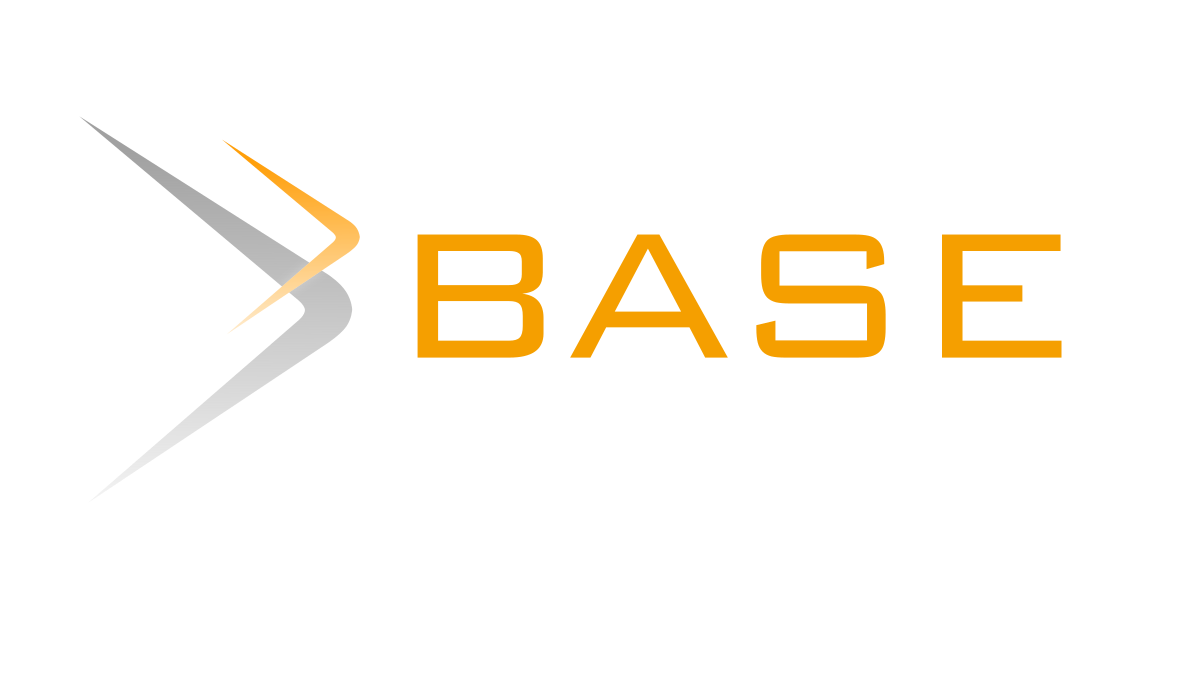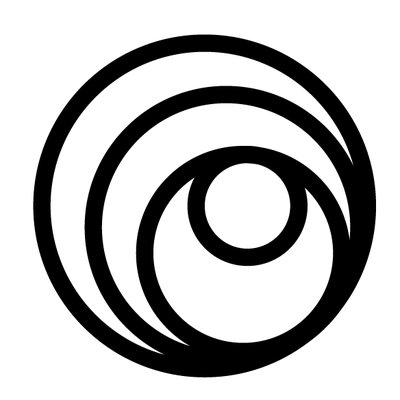Customer Insights on the Quality Service Delivery of Water in Malolos, Bulacan
DOI:
https://doi.org/10.69569/jip.2025.695Keywords:
Customer insight, Service delivery, Service marketing, WaterAbstract
Water services significantly impact people’s daily lives in various ways, encompassing health, sanitation, and home comfort. In Malolos, Bulacan, projects like the bulk water interconnection have made the supply more stable and reached more communities. Even so, many households still face weak pressure, unclear policies, and service interruptions. This study examined how residents perceive their water service and how these perceptions influence their overall satisfaction. A survey was carried out among 379 customers of a private water service provider in Malolos. The questions focused on water quality, availability, pressure, sanitation, complaint handling, reliability, and the processes for reconnection, disconnection, and policy implementation. The data was then analyzed to see how these areas relate to customer satisfaction. Most respondents were satisfied with water quality and availability, and many noticed improvements brought by new projects. However, low and uneven pressure was a recurring issue. On the service side, people rated complaint handling, reconnection, and communication as only fair. Delays, sudden disconnections, and unclear billing rules were familiar sources of frustration. These issues show that while access has improved, service management still needs attention. The study suggests that solving technical problems alone is not enough. Customer trust depends just as much on how services are managed and delivered. To improve, providers should focus on maintaining pressure stability, streamlining office processes, and providing timely and transparent information to customers. Listening to feedback, training staff to be more responsive, and introducing measures like a “Customer Bill of Rights” can also help. Balancing technical upgrades with improved customer service will lead to more reliable water delivery and greater confidence in the utility.
Downloads
References
Asian Development Bank (ADB). (2021). Philippines water supply and sanitation sector assessment, strategy, and road map. ADB.
Awortwe, M. (2018). Service quality, delivery, and its effect on customer satisfaction at Ghana Water Company Limited in Takoradi Township. University of Cape Coast.
Carter, R. C. (2023). Professionalising community management of rural water supply: Navigating the transition in Sub-Saharan Africa (Rural Water Supply Network, Skat Foundation).
Department of Environment and Natural Resources [DENR], Department of the Interior and Local Government [DILG], Department of Health [DOH], National Economic and Development Authority [NEDA], & Department of Public Works and Highways [DPWH]. (2019). Philippine water supply and sanitation master plan (PWSSMP). Manila, Philippines: National Economic and Development Authority. https://faolex.fao.org/docs/pdf/phi214382.pdf
Department of Trade and Industry (DTI). (n.d.). DTI FOI receiving officer’s directory. Retrieved May 12, 2025, from https://tinyurl.com/muxcvstz
Dumlao, D. J. (2019, March 18). Water privatization: Success or failure? The Philippine Star. https://tinyurl.com/bp8m7ex9
Galvez, D. (2018, August 14). Turbid water from Ipo Dam affects Maynilad's supply. Philippine Daily Inquirer. https://tinyurl.com/2k4xkey8
Irish Water. (2022). Disconnection and reconnection policy. Retrieved from https://tinyurl.com/yy7ryrt5
Kano, N., Seraku, N., Takahashi, F., & Tsuji, S. (1984). Attractive quality and must-be quality. The Journal of the Japanese Society for Quality Control, 14(2), 39–48. https://tinyurl.com/bdc3bbd7
Nepal COVID-19 Impact Assessment Report. (USAID, 2021). Nepal COVID-19 impact assessment report – USAID’s WASH utilities assessment. (Describes early impacts of COVID-19 on Nepali utilities and financial stress on water supply systems).
Rahman, M. M., Khatun, A., & Uddin, M. N. (2024). Evaluating consumer insights in water services. Water Practice & Technology, 19(4), 1135–1148. https://doi.org/10.2166/wpt.2024.061
REAL-Water (2023). Synthesis of water safety planning efforts in Ghana. United States Agency for International Development (USAID). (USAID’s work in Ghana on water safety planning).
UNICEF. (2020). Water scarcity. Retrieved from https://www.unicef.org/wash/water-scarcity
Vilarinho, A., Monteiro, S., Lourenço, A., & Monteiro, A. (2024). Developing a customer-centered Water Utility Service Quality Index (WUSQI) for assessing drinking water services. Socio-Economic Planning Sciences, 89, 101834. https://doi.org/10.1016/j.seps.2023.101834
World Bank. (2022). Global water security and sanitation partnership: Annual report 2022. Washington, DC: World Bank.
World Health Organization & United Nations Children’s Fund (UNICEF). (2023). Drinking-water. World Health Organization. https://tinyurl.com/5aencf89
Downloads
Published
How to Cite
Issue
Section
License
Copyright (c) 2025 Journal of Interdisciplinary Perspectives

This work is licensed under a Creative Commons Attribution-NonCommercial 4.0 International License.









